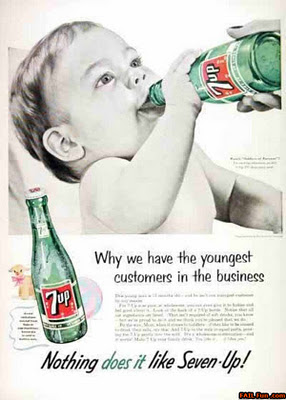
*For people with pollen allergies, this year is especially tough, say allergy experts.
"Everyone always has a reason to think the current year is the worst year ever for allergies," said Dr. David Rosenstreich, director of the allergy and immunology division at Montefiore Medical Center in New York City.But this year those complaints really do have some merit, he added. "It's been a very unusual allergy season. I don't know if it's because of the very wet winter or that it's been cold longer, but the pollen counts are much higher. This week, it's been running about 6,000 grains a day, instead of the usual 1,500," Rosenstreich said of his local area.
Pollen grains are the tiny male cells from flowering plants and trees, according to the American Academy of Allergy, Asthma and Immunology (AAAAI). Sometimes, bees and other insects carry pollen from plant to plant, but some plants release the pollen into the air for the wind to carry.While that may work for plants and trees, it can cause sneezing and stuffiness in humans with over-sensitive immune systems who are exposed to these airborne cells.
Pollen counts vary from area to area. For example, normal pollen counts in the northeastern United States are generally much higher than in the Midwest or Southwest in the spring, because the Northeast has far more trees.
But this year, there's little relief anywhere for allergy sufferers. Dr. Joseph Leija, an allergist at Loyola University Health System's Gottlieb Memorial Hospital in Melrose Park, Ill., said 2011 is the worst year he's ever seen for high pollen counts.Leija provides pollen counts for the Midwest to the National Allergy Bureau, a division of the AAAAI. His most recent count was 1,500, which is very high for the Midwest, he said.
An unusually wet winter and temperatures that varied from too warm back down to colder than average have made trees in the Midwest pollinate in stages, and to finish pollinating later than normal, Leija said. "Usually, by this time of the year, the pollen count goes down, and people usually aren't prepared to be dealing with allergies in late May," said Leija. Climate change is also affecting allergy seasons. "Climate change is making pollen seasons start earlier and end later. And the increased carbon dioxide in the atmosphere makes ragweed stronger in the fall," said Rosenstreich.
So, if you're suffering this spring, what can you do to feel better?
One of the most important things you can do, said Leija, is to take your clothes off outside of your bedroom, and shower at night. "If you're outdoors during the day, your hair and clothes get pollen on them. If you take a shower in the evening and keep your clothes out of the bedroom, you keep the pollen out of your bedroom," he said. That may help alleviate a lot of your symptoms, he said. Another mistake is opening up all of the windows. While that may bring in fresh air, it also brings in pollen. Instead, Leija and Rosenstreich recommend running an air conditioner so that any air coming into the home is filtered. Rosenstreich said that air filters can help if you run them with the windows shut. Certain foods may make you more sensitive to tree pollens, and vice versa, Leija said. Foods to avoid during the spring if you have allergies include apples, celery, peaches, pears, cherries, hazelnuts and plums, he said. "People often complain they have itching in the roof of their mouth or throat after eating these foods and they didn't know why," said Leija.
Both experts recommended trying an over-the-counter antihistamine. Rosenstreich said many are available in non-drowsy 24-hour formulations. If those don't provide relief, he said, it's time to see an allergist. Prescription medications, such as nasal steroid sprays and antihistamine eye drops, may help relieve your itchy eyes and runny nose. And, if you're really miserable every springtime, Rosenstreich said you might want to consider allergy shots so that next spring you aren't one of those saying, "This year's allergies are the worst ever."
Health Day








































